What Is The Best Tripod ?
The best tripod depends on the specific needs and preferences of the user. Factors to consider include the intended use (e.g., photography, videography), the weight and size of the equipment being used, the desired height and stability, and the budget. Some popular tripod brands known for their quality and performance include Manfrotto, Gitzo, Vanguard, and Benro. It is recommended to read reviews, compare features, and consider personal requirements before making a decision.
1、 Stability: Ensuring a sturdy base for steady photography or videography.
When it comes to choosing the best tripod, stability is undoubtedly a crucial factor to consider. Ensuring a sturdy base for steady photography or videography is essential for capturing sharp and clear images or footage. A stable tripod helps eliminate camera shake, resulting in professional-looking shots.
There are several factors that contribute to the stability of a tripod. Firstly, the material used in its construction plays a significant role. Tripods made of high-quality materials such as carbon fiber or aluminum tend to be more stable than those made of cheaper materials. Carbon fiber tripods are known for their lightweight yet sturdy build, making them an excellent choice for photographers or videographers who require portability without compromising stability.
Another aspect to consider is the tripod's leg design. Tripods with thicker legs tend to be more stable as they provide better support and resistance to vibrations. Additionally, tripods with adjustable leg angles and locking mechanisms allow for greater stability on uneven terrain.
In recent years, advancements in tripod technology have introduced innovative features that enhance stability. Some tripods now come with built-in leveling systems, which ensure that the camera remains perfectly level even on uneven surfaces. This feature is particularly useful for landscape photographers who often shoot in challenging environments.
Furthermore, the addition of a center column hook on tripods allows users to hang additional weight, such as a camera bag, to further stabilize the tripod. This feature can be particularly beneficial in windy conditions or when shooting with heavy equipment.
In conclusion, the best tripod for stability is one that offers a sturdy base for steady photography or videography. Factors such as material, leg design, and innovative features like leveling systems and center column hooks all contribute to the tripod's stability. It is important to consider these factors and choose a tripod that suits your specific needs and shooting style.
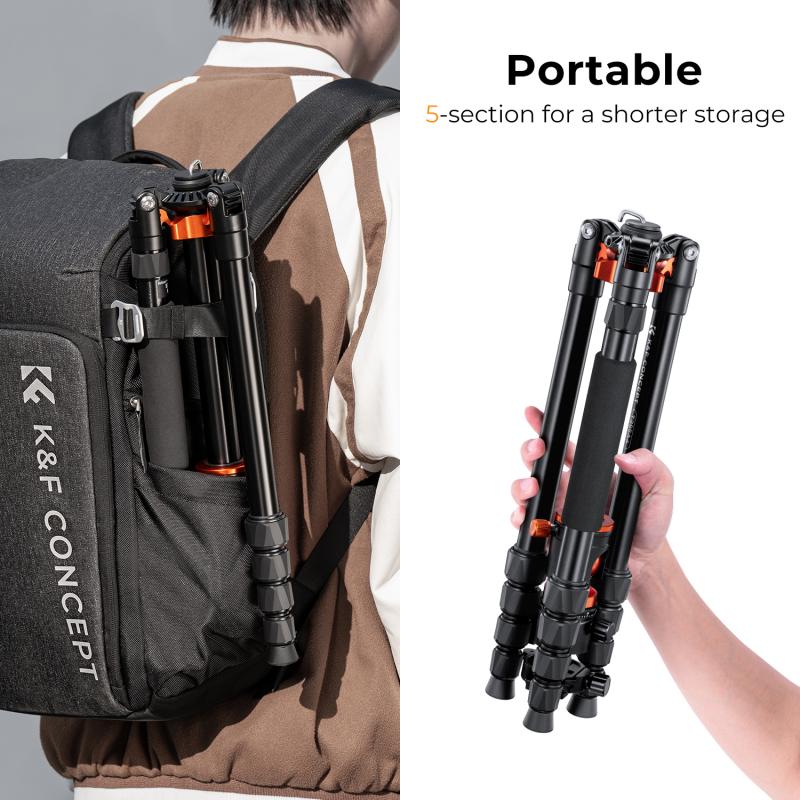
2、 Height Adjustability: Offering flexibility in adjusting the tripod's height.
When it comes to choosing the best tripod, height adjustability is a crucial factor to consider. A tripod that offers flexibility in adjusting its height allows photographers and videographers to capture shots from various angles and perspectives. This feature is particularly important when shooting in different environments or when trying to achieve unique compositions.
The best tripod in terms of height adjustability is one that offers a wide range of height options. This means that it should have multiple leg sections that can be extended or retracted to achieve the desired height. Additionally, the tripod should have a sturdy locking mechanism to ensure stability and prevent any accidental collapses.
In recent years, there have been advancements in tripod technology that have further improved height adjustability. Some tripods now come with innovative features such as center columns that can be inverted or tilted, allowing for low-angle shots or overhead shooting. These features provide photographers with even more creative possibilities and flexibility in capturing their subjects.
Furthermore, the best tripods now often come with quick-release leg locks or flip locks, making it easier and faster to adjust the height. This is especially beneficial for photographers who need to quickly change their shooting position or adjust the tripod's height in dynamic shooting situations.
In conclusion, the best tripod in terms of height adjustability is one that offers a wide range of height options, a sturdy locking mechanism, and innovative features such as inverted center columns. The latest advancements in tripod technology have made it easier than ever for photographers and videographers to achieve their desired height and capture stunning shots from various angles.
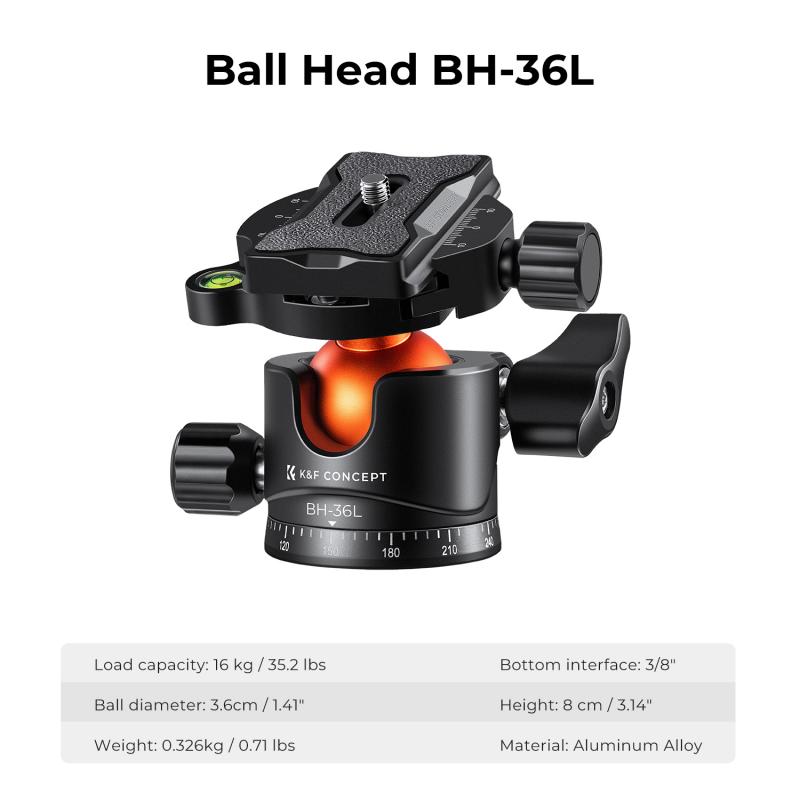
3、 Weight and Portability: Considering the tripod's weight and ease of transportation.
When it comes to choosing the best tripod, weight and portability are crucial factors to consider. A tripod that is lightweight and easy to transport can make a significant difference, especially for photographers who are constantly on the move or frequently travel.
One tripod that stands out in terms of weight and portability is the Gitzo Traveler Series. Gitzo is renowned for producing high-quality tripods, and their Traveler Series is specifically designed with lightweight and compactness in mind. These tripods are made from carbon fiber, which makes them incredibly lightweight without compromising on stability. Carbon fiber is also known for its durability, ensuring that the tripod can withstand the rigors of travel.
Another excellent option is the Manfrotto Befree series. These tripods are also made from lightweight materials, such as aluminum or carbon fiber, making them easy to carry around. The Befree series features a compact design that allows it to fold down to a small size, making it ideal for photographers who need to pack their tripod in a backpack or carry-on luggage.
In recent years, there has been a rise in the popularity of travel tripods that are specifically designed for mirrorless cameras. These tripods are often smaller and lighter than traditional tripods, making them perfect for photographers who prioritize portability. Some notable options in this category include the Peak Design Travel Tripod and the MeFoto Backpacker Air.
Ultimately, the best tripod for weight and portability will depend on individual needs and preferences. It is essential to consider factors such as maximum load capacity, height, and stability, in addition to weight and portability. Reading reviews and seeking recommendations from fellow photographers can also provide valuable insights into the performance and durability of different tripods.
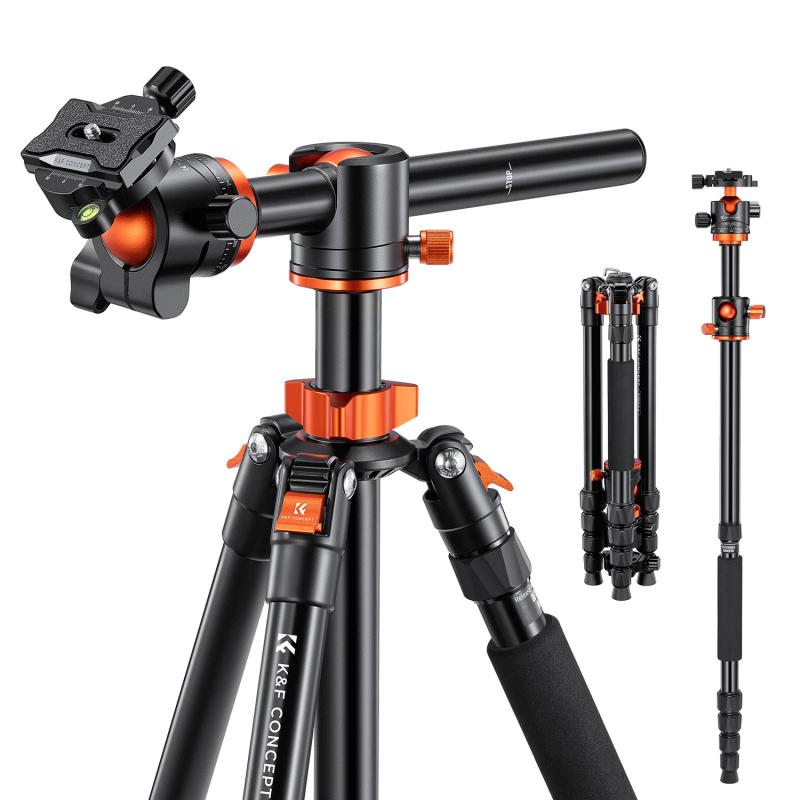
4、 Compatibility: Ensuring the tripod is compatible with various cameras and equipment.
When it comes to choosing the best tripod, compatibility is a crucial factor to consider. Ensuring that the tripod is compatible with various cameras and equipment is essential for photographers and videographers who work with different gear.
Compatibility in a tripod refers to its ability to support different types of cameras, lenses, and accessories. A tripod should have a sturdy and adjustable mounting plate that can securely hold cameras of various sizes and weights. It should also have a versatile head that can accommodate different types of camera movements, such as panning, tilting, and rotating.
In recent years, the rise of mirrorless cameras and compact DSLRs has led to a shift in the market. Many photographers now prefer lightweight and portable tripods that are compatible with these smaller camera systems. Manufacturers have responded to this demand by designing tripods that are specifically tailored to the needs of mirrorless and compact DSLR users. These tripods are often made from lightweight materials like carbon fiber, making them easy to carry and transport.
Additionally, compatibility extends beyond just cameras. A good tripod should also be compatible with other equipment such as smartphone mounts, action cameras, and even lighting equipment. This versatility allows photographers and videographers to use the tripod for a wide range of applications, from landscape photography to vlogging.
In conclusion, the best tripod is one that offers compatibility with various cameras and equipment. It should be able to securely hold different camera sizes and weights, have a versatile head for different camera movements, and be compatible with other accessories. With the rise of mirrorless cameras and compact DSLRs, lightweight and portable tripods have become increasingly popular. Ultimately, the best tripod will depend on the specific needs and preferences of the photographer or videographer.
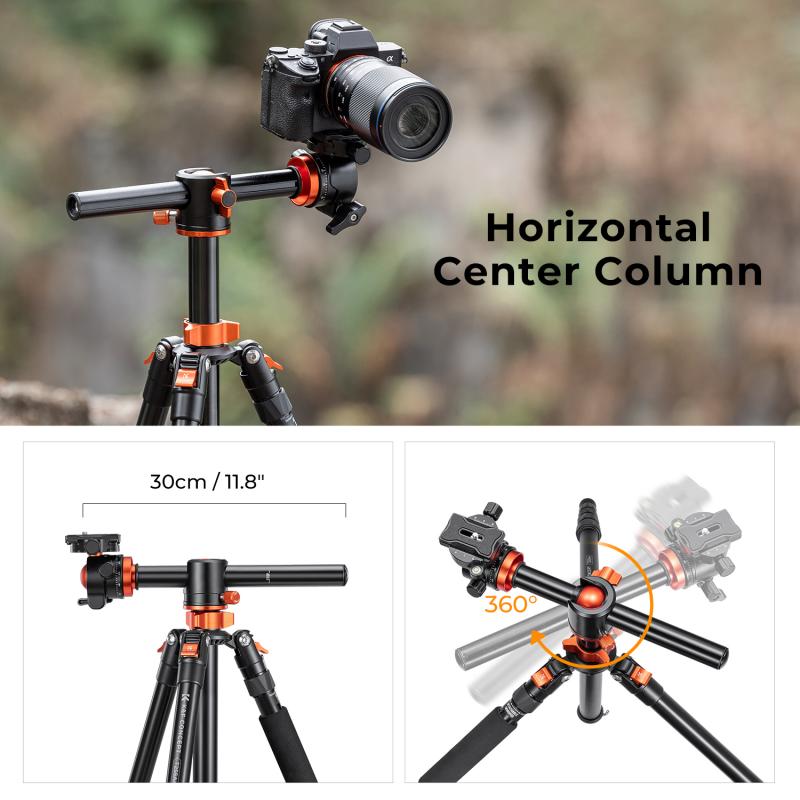












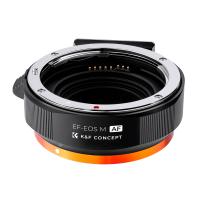
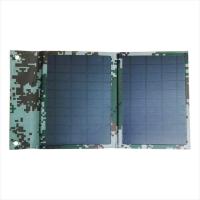
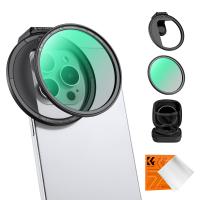

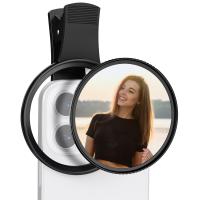
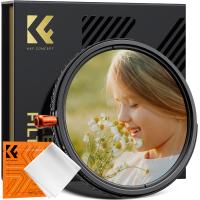

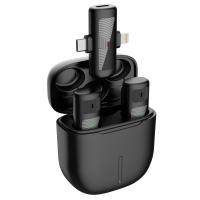
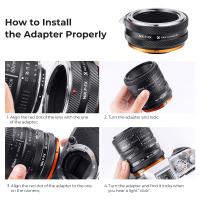
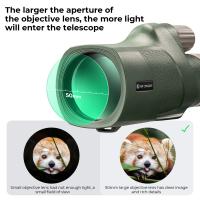

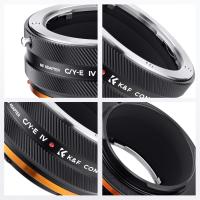
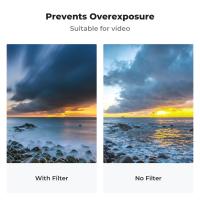

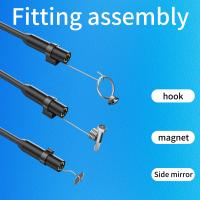

There are no comments for this blog.